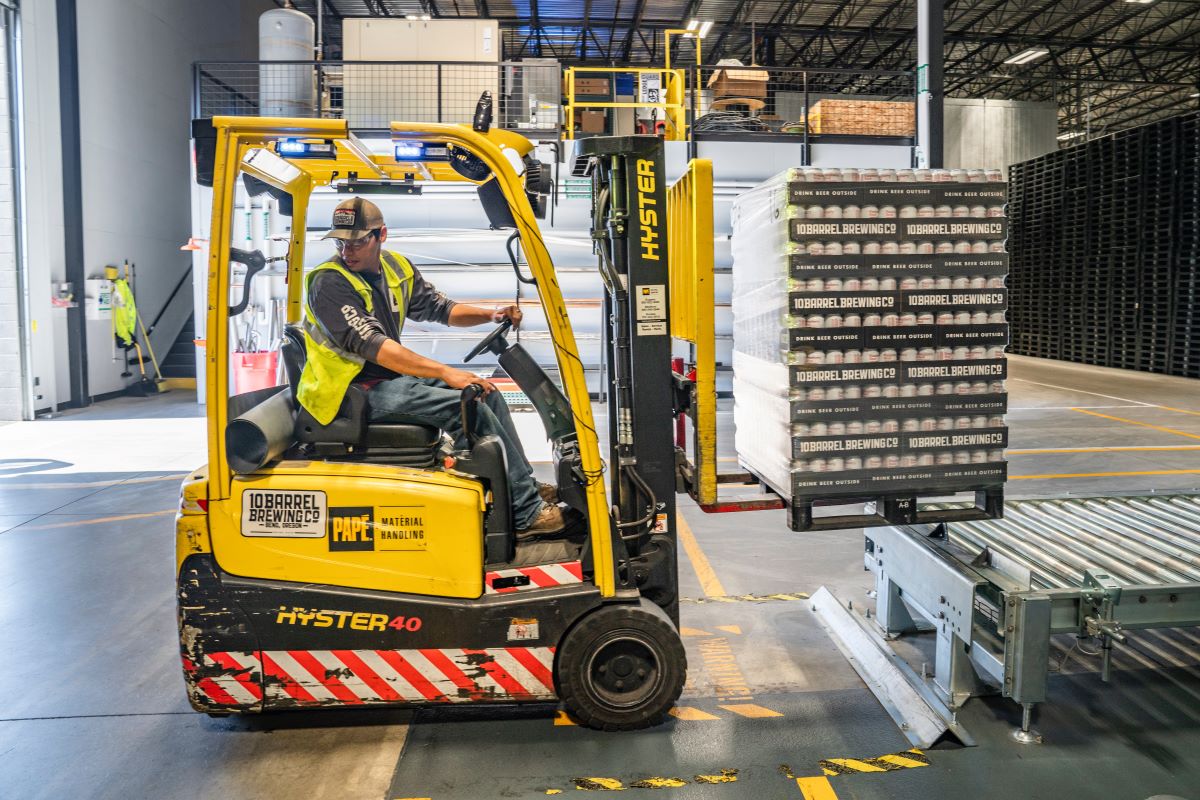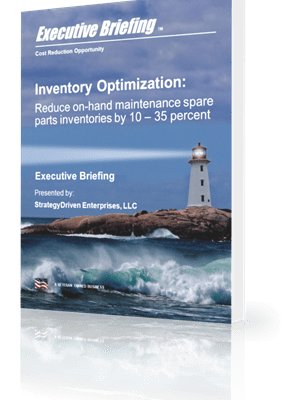Optimizing Organizational Efficiency: A Comprehensive Guide to Effective Inventory Management
Efficient inventory management is a cornerstone of organizational success, impacting everything from customer satisfaction to the bottom line. In a dynamic business environment, staying ahead requires a strategic approach to inventory control. One practical solution gaining traction is the implementation of asset labels. In this blog, we explore this suggestion and delve into other effective strategies organizations can adopt to better manage their inventory.
Asset Labels: A Key to Precision
Asset labels, equipped with barcode or RFID technology, are revolutionizing inventory management. Organizations can track their movement with unprecedented accuracy by assigning a unique identifier to each item. This reduces the likelihood of errors and streamlines the entire inventory process. From receiving goods to fulfilling orders, asset labels enhance visibility, enabling organizations to make informed decisions based on real-time data.
Implementing Advanced Inventory Software
Investing in robust inventory management software is pivotal in today’s fast-paced business landscape. These systems provide a centralized platform for tracking stock levels, monitoring trends, and generating comprehensive reports. The integration of automation further reduces the risk of human error, ensuring that inventory data remains accurate and up-to-date. With features like demand forecasting and order optimization, advanced software empowers organizations to stay proactive and responsive to market fluctuations.
Establishing Clear Processes and Protocols
Well-defined processes are the backbone of efficient inventory management. Organizations should establish clear protocols for receiving, storing, and fulfilling orders. Employees should be trained on these procedures to minimize discrepancies and optimize workflow. Regular audits and performance evaluations can help recognize areas for improvement and ensure that the established protocols are consistently followed.
Strategic Supplier Relationships
Collaborative relationships with suppliers are instrumental in maintaining optimal inventory levels. Organizations can negotiate favorable terms, such as just-in-time deliveries, to minimize excess stock and carrying costs. Suppliers can better align their production schedules with the organization’s needs by fostering open communication and sharing demand forecasts, reducing lead times and improving overall supply chain efficiency.
ABC Analysis for Prioritization
Not all inventory items are created equal. ABC analysis categorizes products into three groups based on their significance and impact on the organization’s bottom line. A-items are high-value, contributing significantly to revenue, while C-items are low-value with minimal impact. Organizations can allocate resources efficiently by focusing on the critical A-items, ensuring that the most valuable products receive the necessary attention and monitoring.
Regular Audits and Cycle Counts
Regular audits and cycle counts are essential for maintaining the accuracy of inventory data. Conducting physical counts helps identify discrepancies between recorded and actual stock levels. Implementing a routine audit schedule allows organizations to address issues promptly, preventing the accumulation of errors that could lead to stockouts or overstock situations.
Embracing Just-In-Time (JIT) Inventory
The JIT inventory system minimizes the amount of inventory an organization needs to hold by ensuring that goods arrive just in time for production or sale. While this approach requires precise coordination with suppliers, it significantly reduces carrying costs and the risk of obsolete inventory. Organizations adopting JIT can improve cash flow, respond quickly to market changes, and enhance overall operational efficiency.
Conclusion
Effective inventory management is a multifaceted endeavor that demands a combination of technological innovation, streamlined processes, and strategic partnerships. Asset labels, advanced software, and clear protocols form the foundation for success, while strategic supplier relationships, ABC analysis, regular audits, and JIT inventory contribute to a comprehensive approach. By adopting these strategies, organizations can optimize their inventory management, paving the way for enhanced efficiency, reduced costs, and boosted competitiveness in the marketplace.



 Proper inventory management is one of the keys to keeping your business running smoothly and remaining profitable. Make mistakes here, and you may run out of best sellers, buy products you don’t need, and waste resources you can’t afford to lose. Here are eight essential inventory management tips every business should follow. We’ll focus on universal advice that almost any firm can implement.
Proper inventory management is one of the keys to keeping your business running smoothly and remaining profitable. Make mistakes here, and you may run out of best sellers, buy products you don’t need, and waste resources you can’t afford to lose. Here are eight essential inventory management tips every business should follow. We’ll focus on universal advice that almost any firm can implement. GET THE FREE WHITEPAPER…
GET THE FREE WHITEPAPER…

